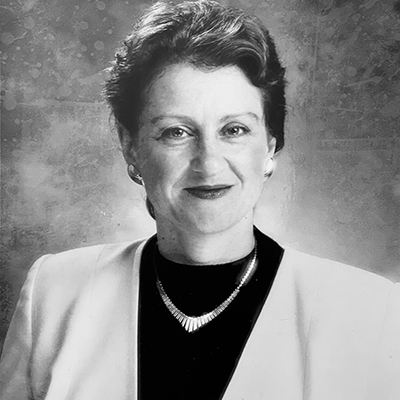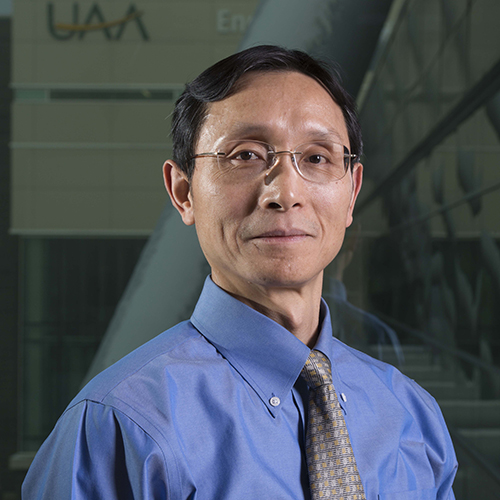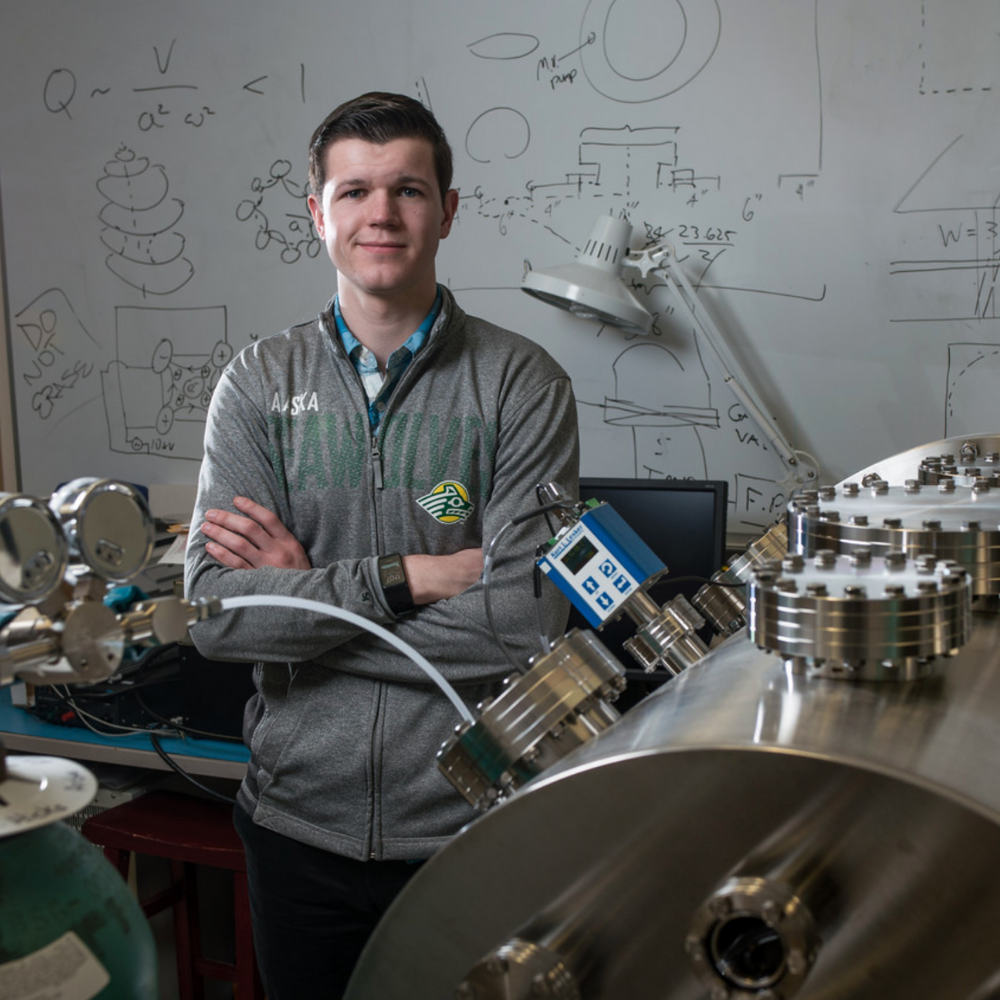
Tanya Bratslavsky Left Her Mark on Engineering in Alaska
December 5, 2022
Engineering was not the easy career choice for a woman in the 1970’s. When Tanya
Bratslavsky, a Ukrainian immigrant, graduated with a double degree in civil and structural
engineering, women made up only 3% of the U.S. engineering workforce. Her successes
soon resulted in a reputation as a highly competent Professional Engineer.












